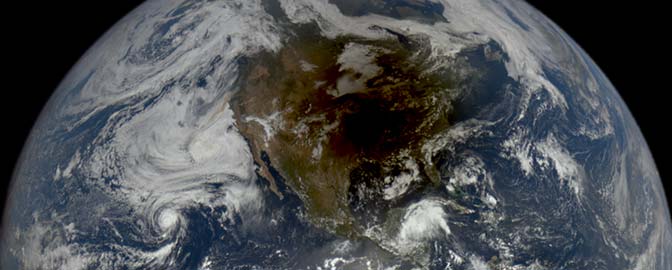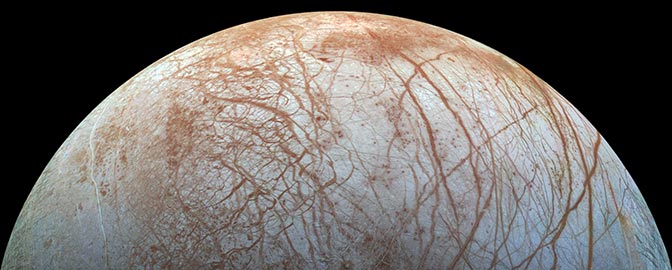Targeted observations during the third MESSENGER flyby of Mercury

Because the geometry of flyby 3 was so similar to flyby 2, MESSENGER scientists were able to use flyby 2 observations to plan a series of detailed observations just after closest approach on flyby 3. This map shows how the MASCS spectrometer and wide-angle camera will track across the surface to examine nine chosen interesting locations:
A: An unnamed crater with unusual bright material on its floor.
B: An unnamed crater with a set of young ejecta rays that are light blue in the enhanced-color view.
C (1 & 2): Crater Lermontov. The bright yellowish color in the enhanced-color image and the irregularly shaped depressions on its floor may be evidence of past explosive volcanic activity.
D: North of crater Homer. An area with an interesting mix of both light blue ejecta and bright orange materials.
E: Near crater Titian. Enhanced-color images show a region of comparatively deep blue material that is dark and of a different composition than the majority of Mercury's surface.
F (1 & 2): Common plains material. This target resembles a type of material that covers much of Mercury.
G: An unnamed crater with an intriguing bright yellow-orange color in enhanced-color views.
H: Ray material from a spectacular rayed crater in Mercury's north. The ray material appears bright blue in enhanced color.
I: A common area of Mercury's surface that will be viewed by MASCS very obliquely.


 Explore Worlds
Explore Worlds Find Life
Find Life Defend Earth
Defend Earth

